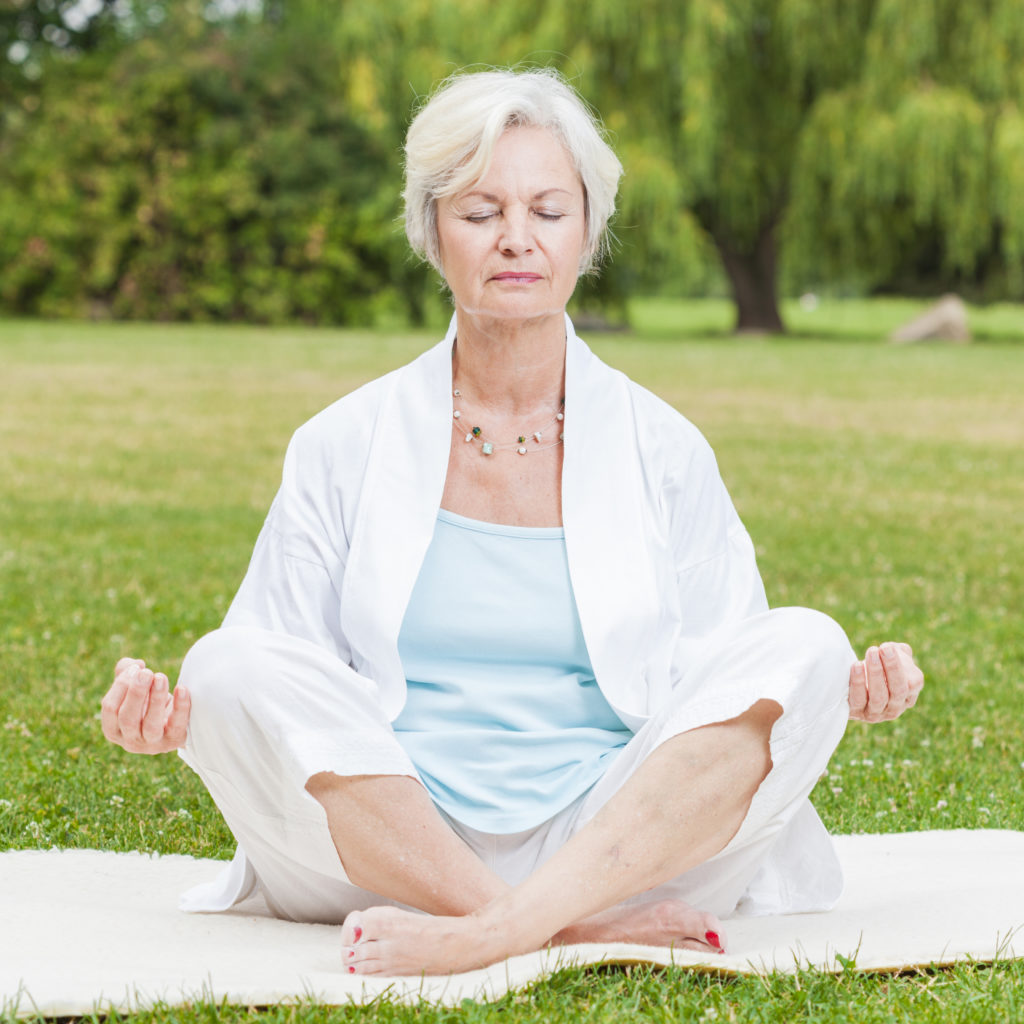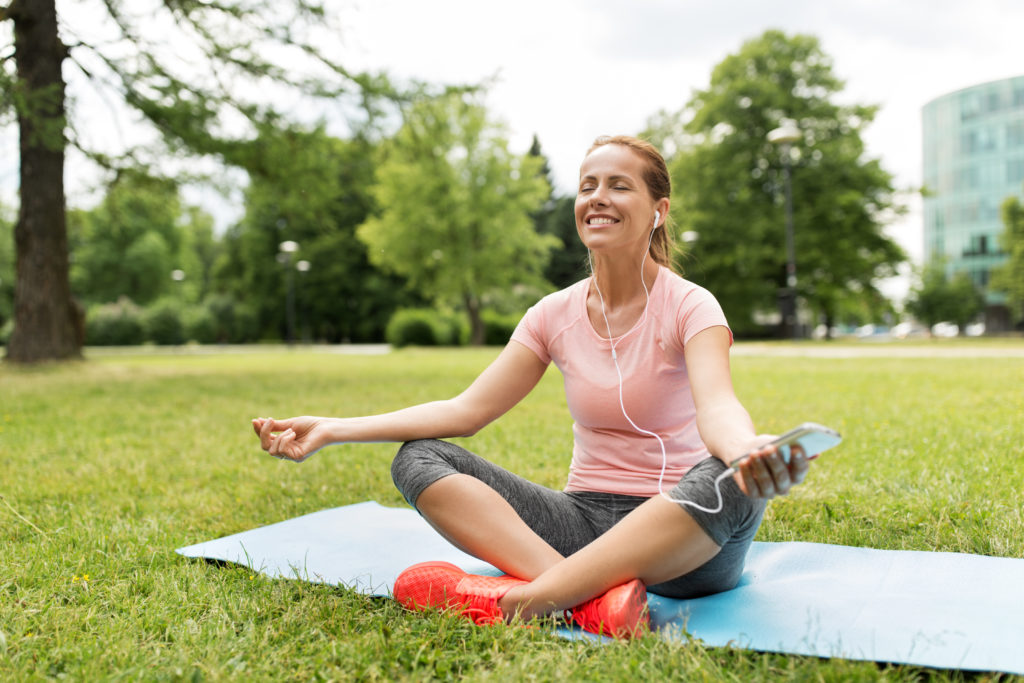
If you’ve never tried meditation before, you might be unsure of where to start. Not only does meditation offer numerous benefits, but it can also be done nearly anywhere and requires no special training or equipment. And, anyone can do it.
What is meditation?
There are a lot of misconceptions about meditation. You might think you have to chant, or become a Buddhist, or burn incense. None of these things are required, although they are certainly options. The truth is, there are many, many different approaches to meditation, and no one way is the “right” way or even the “best” way.
At its core, meditation is a practice that incorporates relaxation, focus, and awareness to help promote a mentally clear and emotionally calm state. Meditation can be included in spiritual practice, or it can be completely secular.
What are the benefits of meditation?
Meditation has been shown to offer tremendous benefits. It can help relieve stress and anxiety, reduce blood pressure, and improve symptoms related to menopause, such as hot flashes, sleep disturbances, and mood swings (1).
Not only does meditation help promote a sense of calm and well-being in the moment, these benefits also last far beyond the meditation practice (2). For example, when you’re faced with a stressful situation, you can react in a calm and controlled manner. This means if you meditate regularly, you may find that you are less reactive to external stimuli and better able to navigate stressful situations.
Can everyone meditate?
People often think they can’t meditate because they aren’t able to quiet the chatter in their minds. Not only is this perfectly normal, but it’s also to be expected. It’s very difficult for a beginner to quiet their mind. Even very experienced meditators have difficulty controlling their thoughts.
The goal, then, is not necessarily to control your thoughts, but to be more aware of them. Many of us go through our days reacting to things around us without really being aware of our thoughts. A regular meditation practice can help you be more aware of what you’re thinking and how you’re feeling in any given moment, so you can choose an appropriate response, rather than reacting in the moment.
So, how exactly do you meditate?
If you’re new to meditation, start with a short session. You can experience many of the benefits of meditation by practicing just a few minutes every day.
Start by finding a comfortable seat. This usually means sitting upright, with your spine straight. You can sit on the floor or on a meditation cushion with your legs crossed in front of you, or you can sit in a chair with your feet flat on the floor. Ideally, find a quiet place where you won’t be interrupted.
You can rest your hands in your lap or place them on your knees. You’ve likely seen people meditating with their hands on their knees and their palms turned up. This posture creates an uplifting effect on the body and mind. You can also place your palms down on your knees if you want to feel more grounded.
Set a timer for five minutes, close your eyes, and focus your attention on your breath. Breathe slowly and deeply, and count as you inhale and exhale. Try to match the length of your inhalation and exhalation. Start with a slow count of 4 and then work your way up to 5 or 6.
When thoughts come into your mind, simply notice them and let them go. Don’t judge your thoughts or feel bad about yourself when thoughts come into your mind. Recognize that this is a normal part of the meditation process and that in time, you will be able to focus more on your breath.
If you find it difficult to focus on your breath, there are many apps, such as “Insight Timer,” that offer guided meditations. You can choose meditations that focus on a specific challenge or goal, such as relaxation or stress relief. Or you can simply choose some peaceful meditation music and sit in silence as you listen.

As you become more comfortable with meditation, you may find that you prefer one type of meditation over another, or you may want to try different techniques. You can also gradually increase your practice to 10 minutes or even longer.
Again, there is no right or wrong way to meditate. Whatever works best for you is the best way to approach your meditation practice. That may even mean taking a walk in the woods while you focus your attention on the present moment or simply sitting in silence with a cup of coffee before you begin your day. Experiment with different approaches and make your meditation practice your own.
Have you tried meditation? Please comment below with any tips or suggestions for other ladies.

Karen Eisenbraun is a Certified Holistic Nutrition Consultant who has been writing about natural health and wellness for more than 10 years. Her first blog, which was focused on holistic health and natural skincare, earned her recognition as a Top Health Blogger for Wellsphere’s Healthy Living Community and was also listed as #6 on the Top 100 Online Holistic Nutrition Resources.